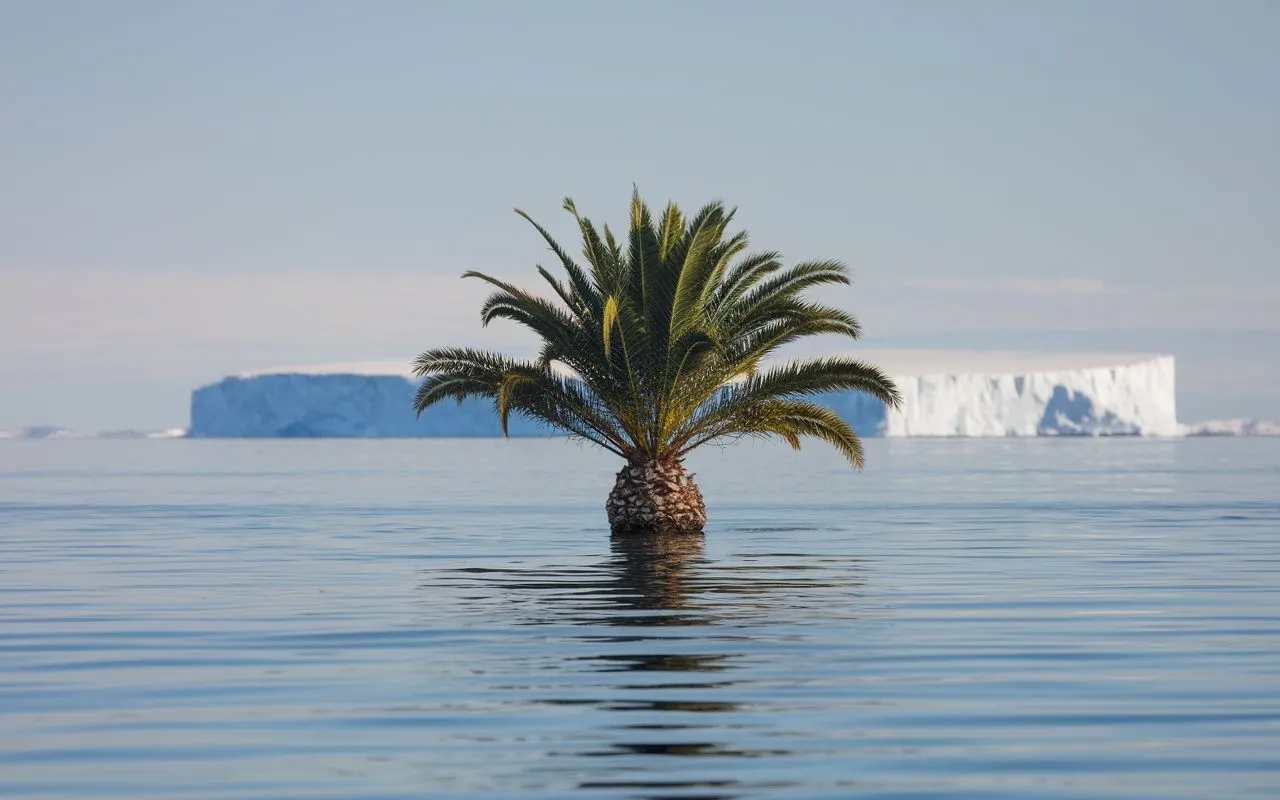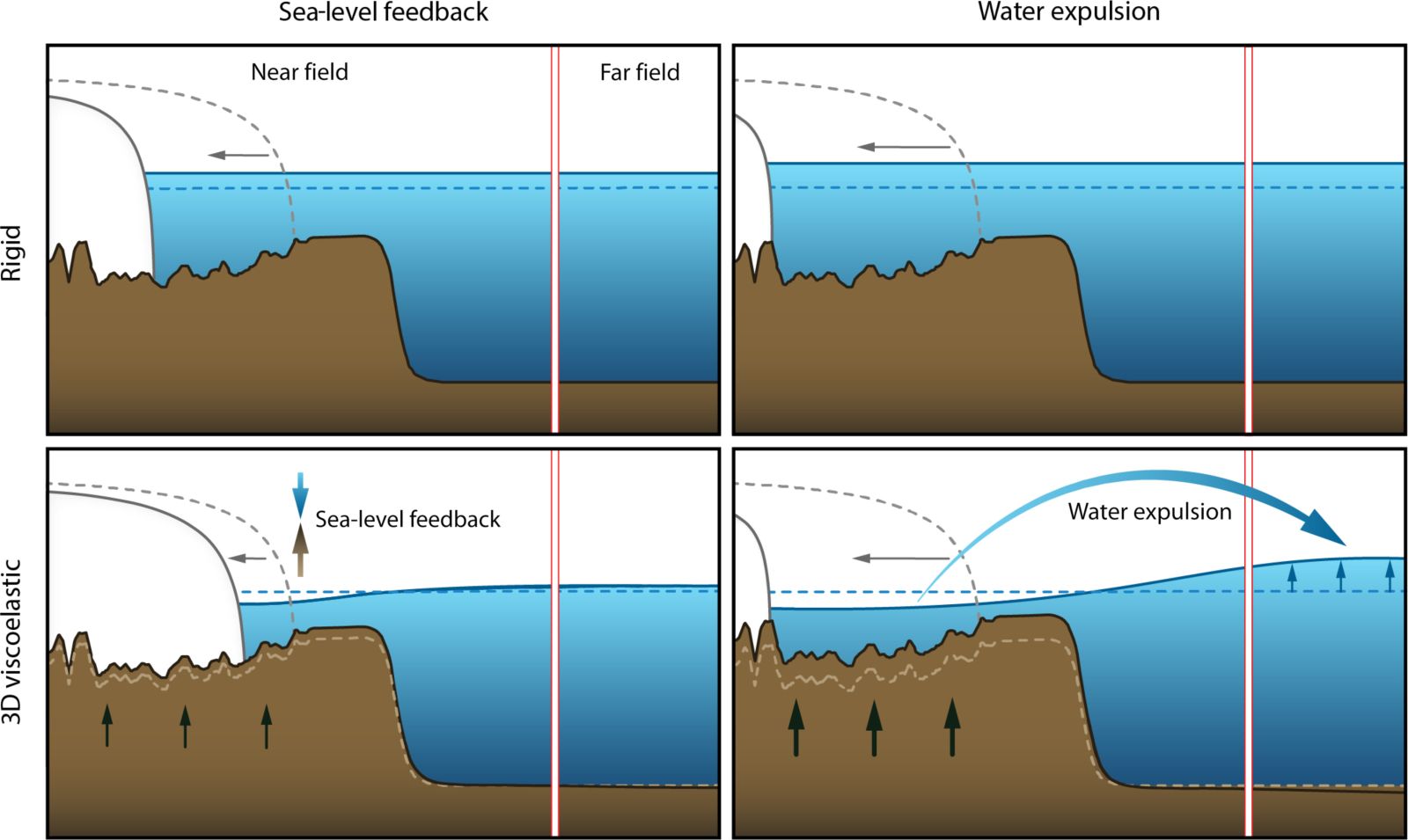This continent is rising: future consequences on sea level rise
Published by Cédric,
Article Author: Cédric DEPOND
Source: Science Advances
Other Languages: FR, DE, ES, PT
Article Author: Cédric DEPOND
Source: Science Advances
Other Languages: FR, DE, ES, PT
Follow us on Google News (click on ☆)
Led by a team headed by Natalya Gomez, an associate professor at McGill University, this research indicates that Earth's natural forces could significantly limit Antarctica's contribution to sea level rise, but only if carbon emissions are rapidly reduced in the coming decades.

The researchers focused on the interaction between the Antarctic ice sheet and the underlying ground, a dynamic that has been little explored until now. When ice melts, its weight decreases, causing the ground to rise in a process known as "glacial isostatic adjustment." This rising can slow down the movement of ice from land to ocean, thus reducing the rate of glacier mass loss.
According to the study, if carbon emissions are quickly reduced, the ground uplift could cut Antarctica's contribution to sea level rise by 40%. However, if emissions continue to increase, rapid ice melt will outpace ground uplift, leading to accelerated sea level rise, particularly along densely populated coastlines.
To arrive at these conclusions, the team developed a three-dimensional model of Earth's interior using geophysical measurements collected by the ANET-POLENET project in the United States, which allowed them to characterize the three-dimensional variations in the Earth's mantle beneath Antarctica. Maryam Yousefi, a co-author of the study, emphasizes that this model is the first to capture this relationship with such detail.
The impact of climate change is not uniform. The study reveals that islands and coastal regions, which contribute the least to global emissions, will nevertheless be the most affected by rising sea levels. Rob DeConto, a co-author of the study and a glaciologist at the University of Massachusetts, stated: "This study marks a significant advancement in our ability to predict the impacts of climate change on rising sea levels and to inform effective environmental policies."

Two mechanisms influence sea level rise in Antarctica.
The first, "sea level feedback," occurs under minor global warming. Rock uplift and sea surface drop reduce ice loss, limiting large-scale sea level rise.
The second mechanism, "water expulsion," happens when exposed ocean areas in Antarctica continue to lift, displacing water and increasing large-scale sea level. Under significant warming, water expulsion becomes dominant, contributing more significantly to sea level rise.
Finally, the researchers emphasize the importance of acting swiftly to reduce emissions. According to Terry Wilson, a scientist at the Byrd Polar and Climate Research Center at Ohio State University, "documenting the rapidity of changes our world is experiencing is crucial for continuing to improve our ability to make more accurate forecasts, the only way to manage our future meaningfully."